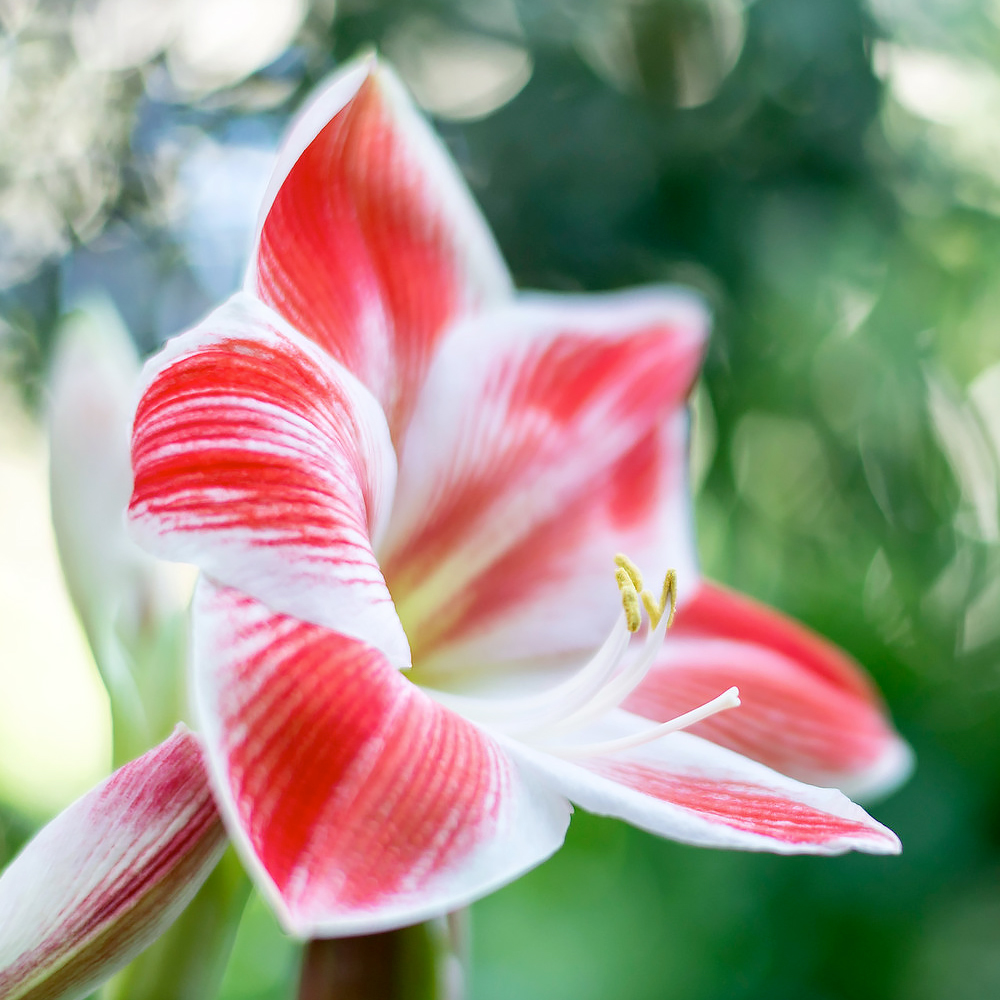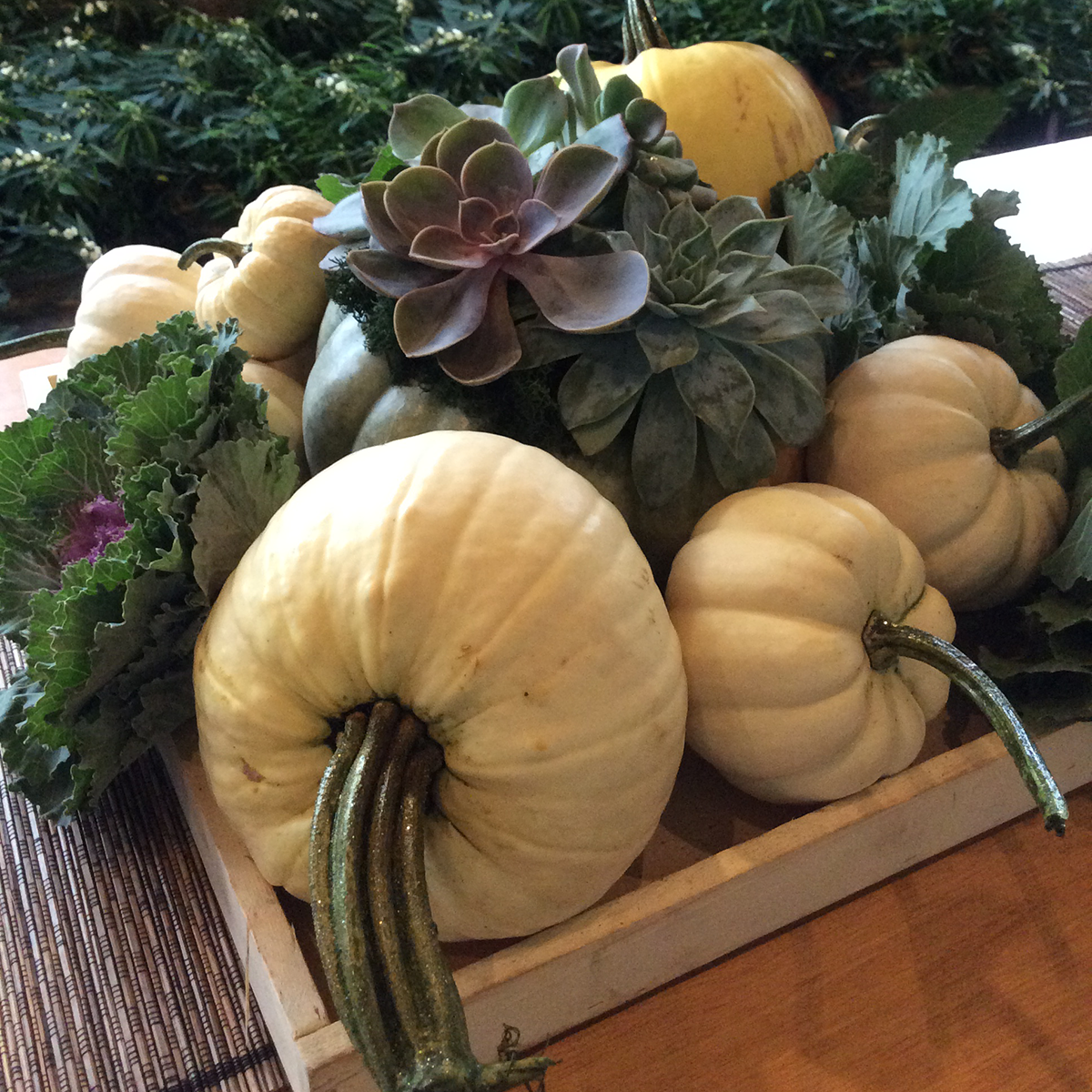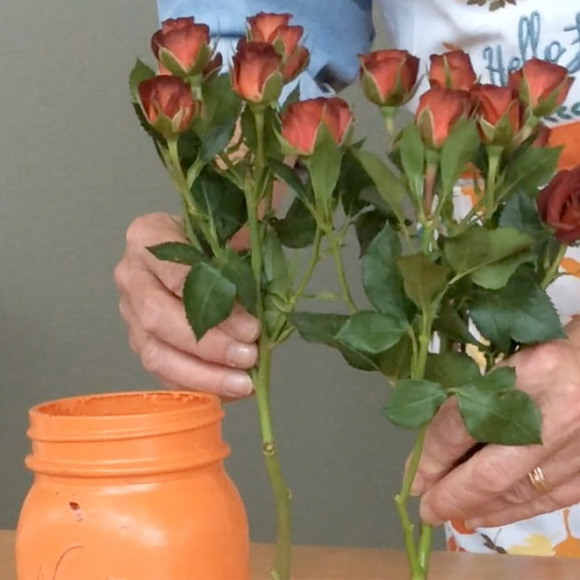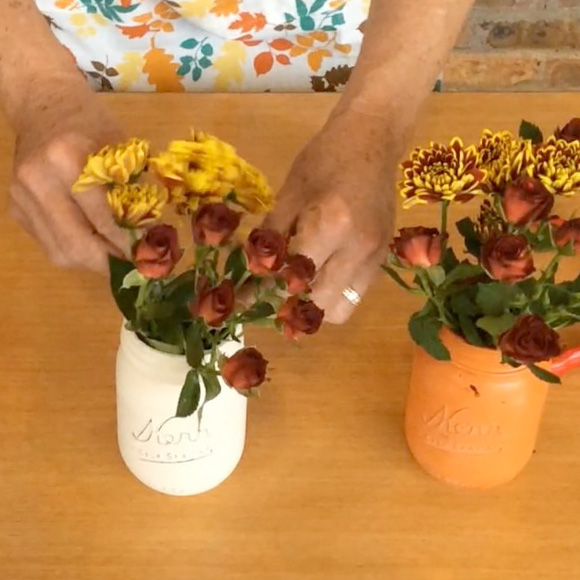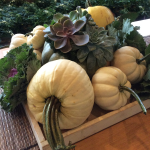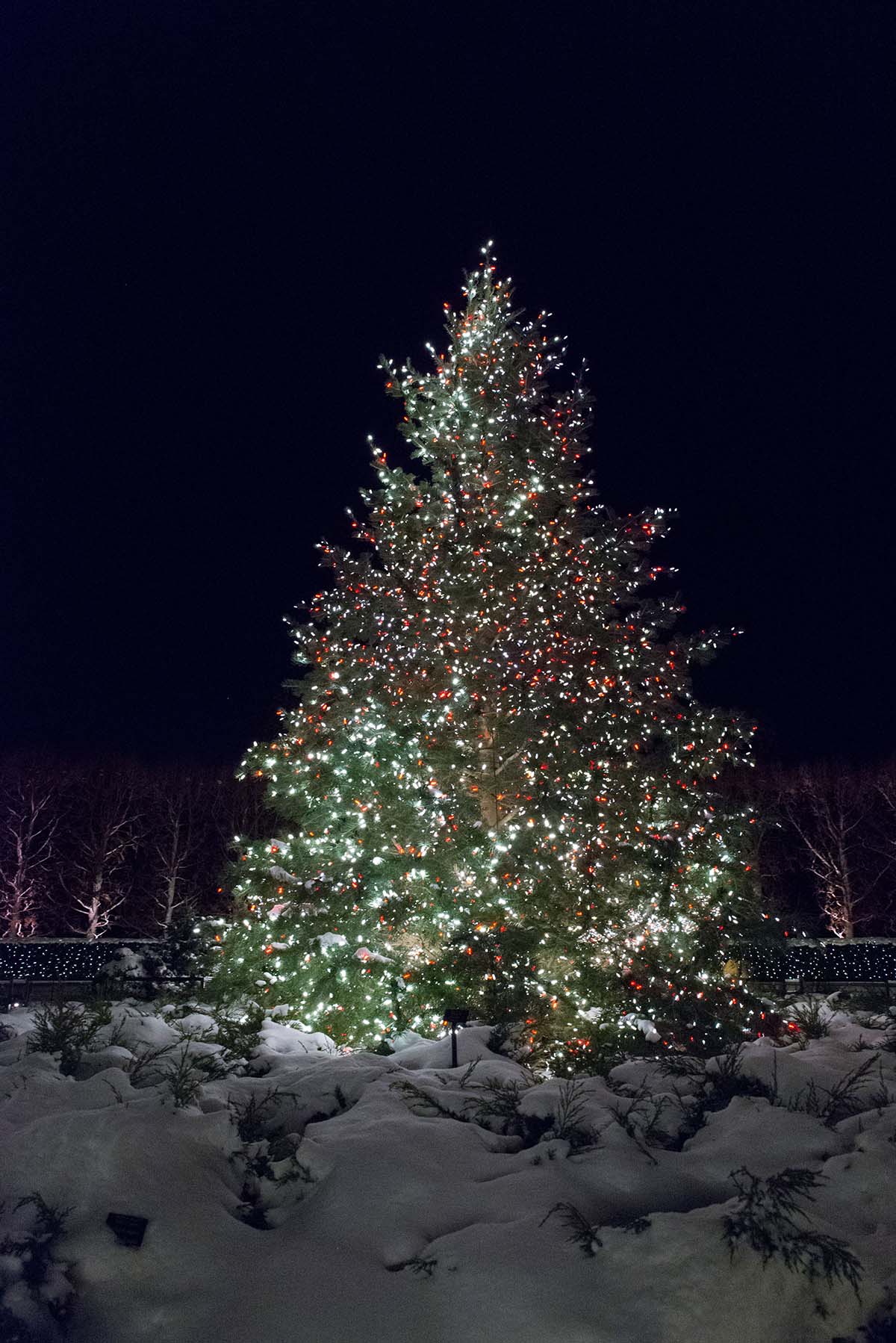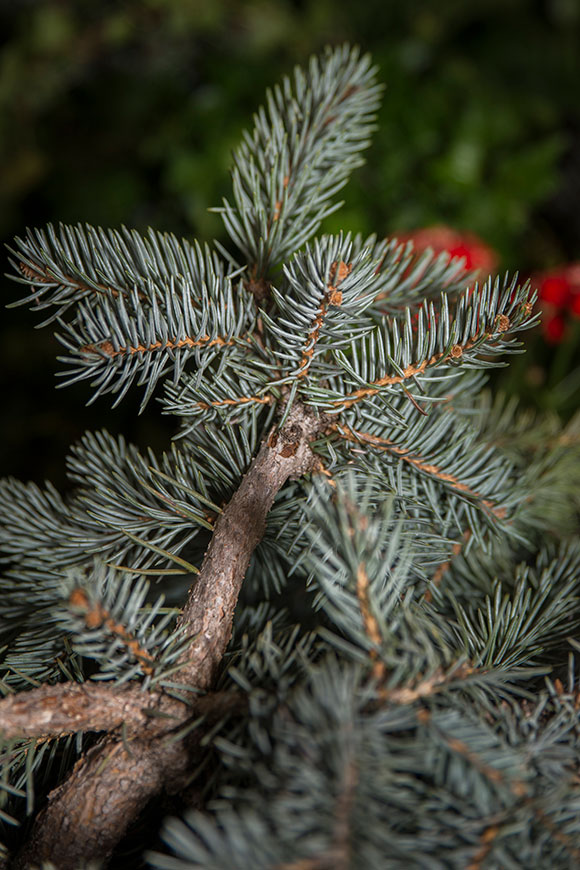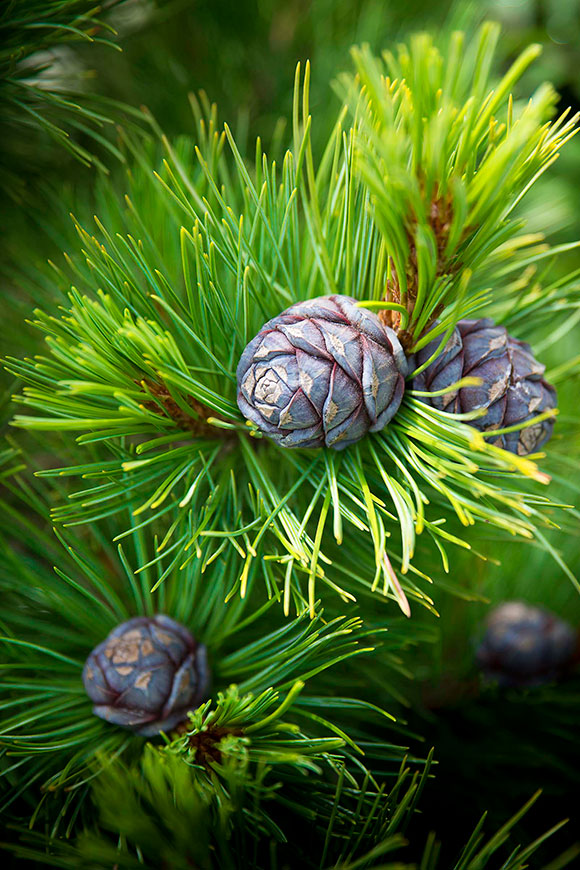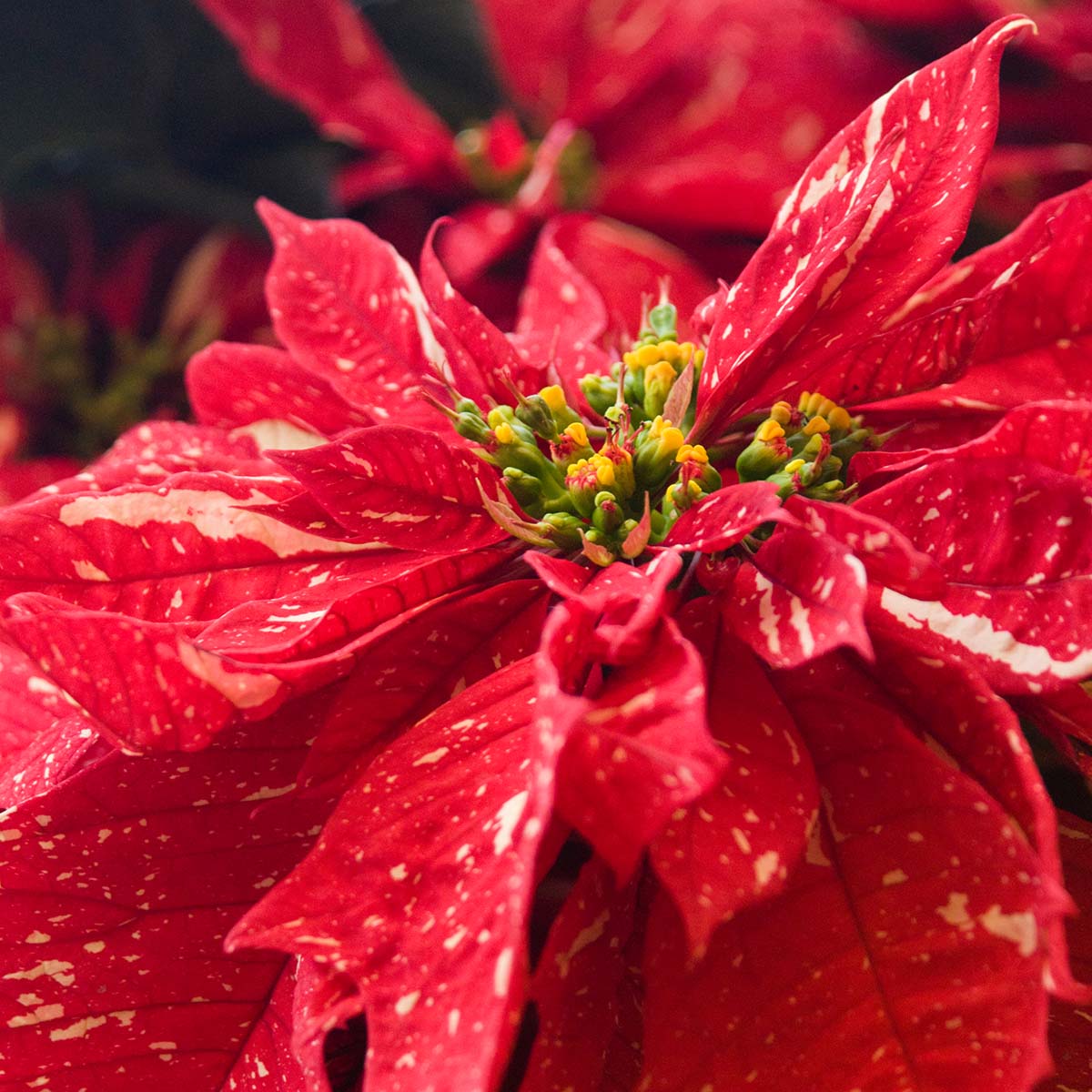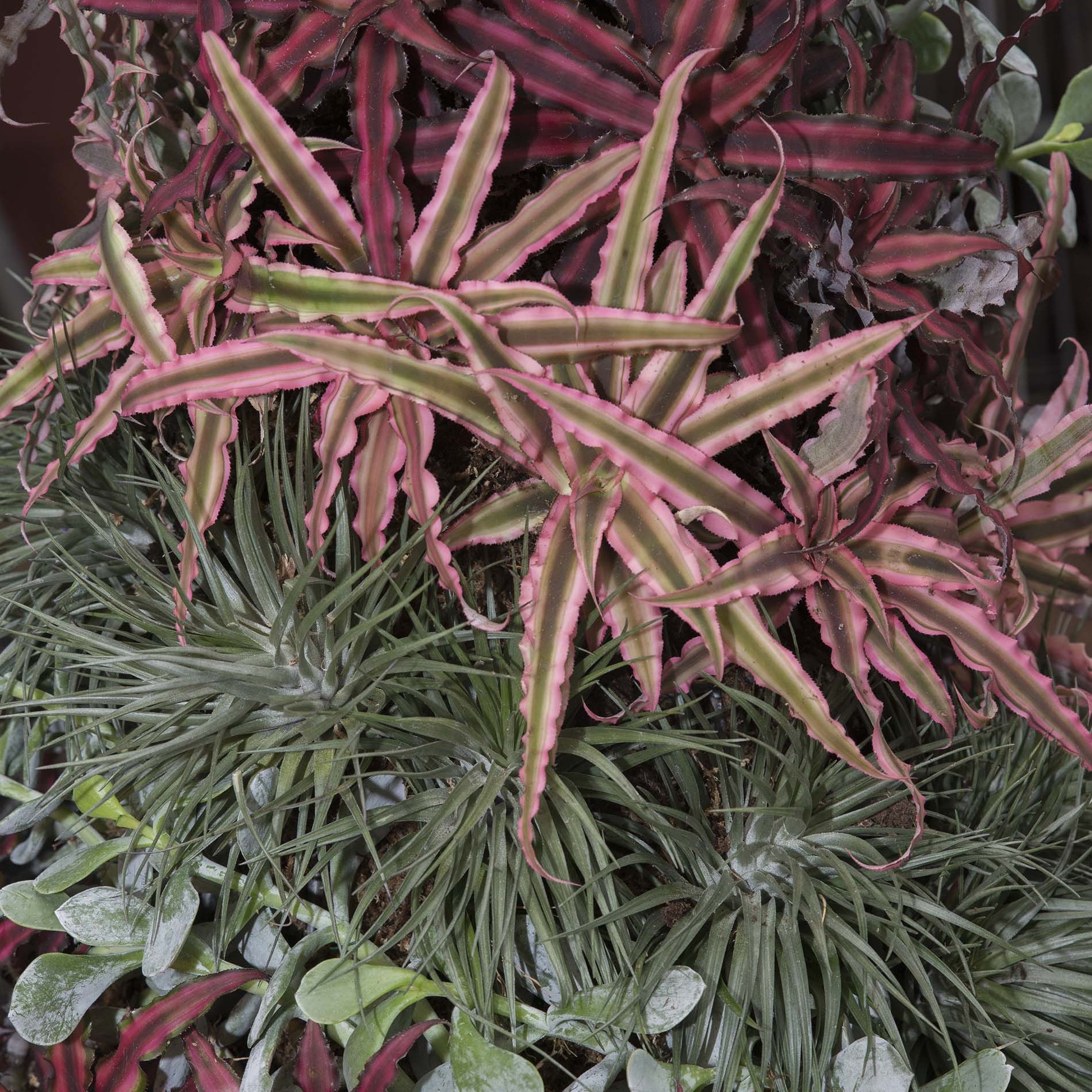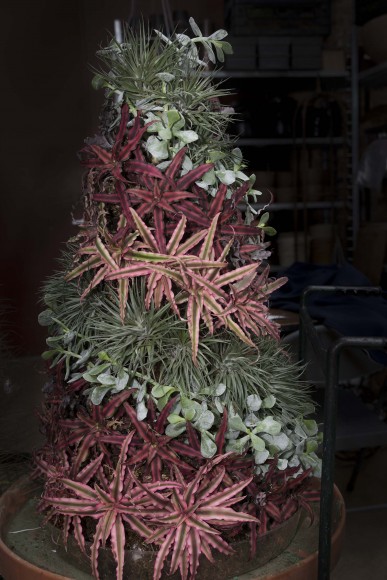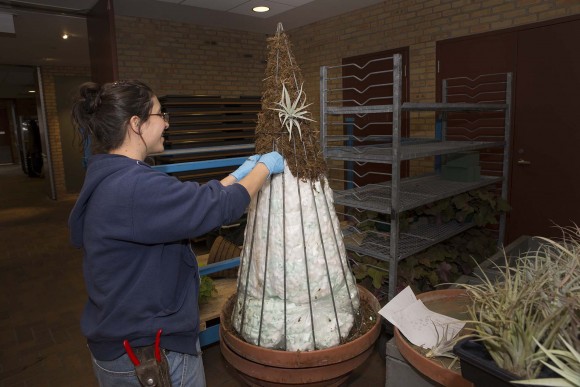Looking for a feel-good, beautiful, reasonably priced gift? Plants are all that and even on trend—see #plantsmakepeoplehappy; it’s an Instagram thing. Here’s a quick guide on which plants to buy—as a gift or for yourself. Make sure to get them to their destination safely by wrapping them head to toe at the store and getting them back indoors as soon as you can.
Holiday plants come in all shapes, sizes, and colors. Take the beautiful but dreaded poinsettia. It’s beautiful because the red, cream, or sparkle-laden plants are dazzling. But it is also dreaded because the plant will drop its leaves in warm and dry air, cold drafts, or direct sunlight. There’s hope—and you need not be a horticulturist to nurture a holiday plant.
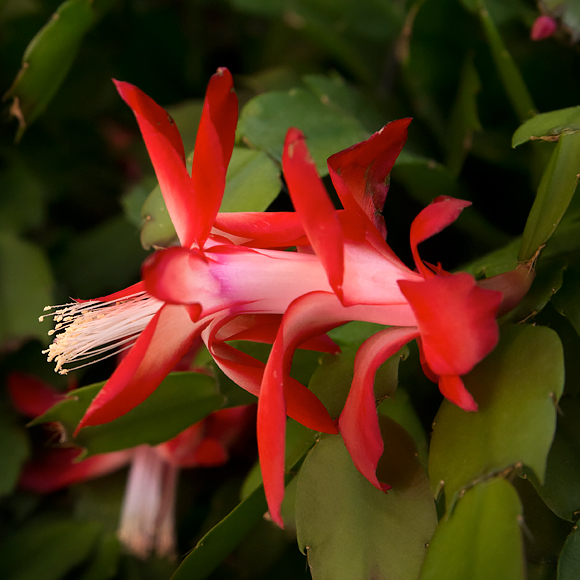
Christmas Cactus
So much for common names—these colorful plants (Schlumbergera spp.) hail from Brazil’s rainforest. Place them in bright, indirect light. Water thoroughly, letting the soil dry a little between waterings.

Rosemary
Who doesn’t love a fragrant pot of rosemary, trimmed to look like a miniature spruce tree? Keep it moist but not sopping wet, and give it bright light or a sunny window. And snip some stems for your culinary adventures.
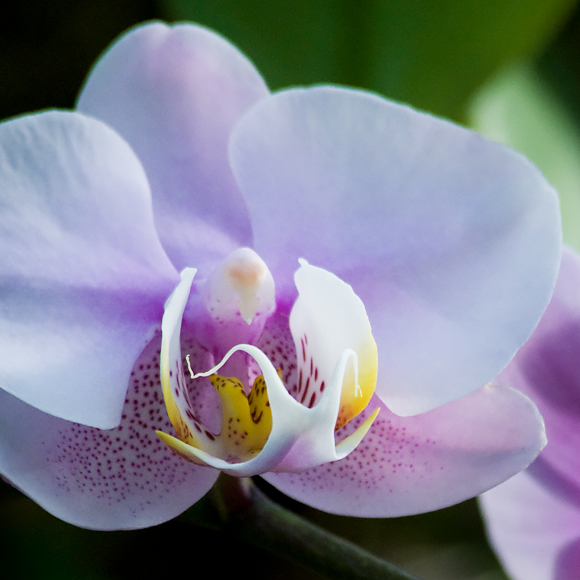
Orchid
Forget to water? No problem. Overwatering orchids kills them faster than underwatering. Place them in a southern or eastern exposure and enjoy several months of bloom.

Poinsettia
Give it a cool spot out of direct sunlight and keep the soil moist but not soggy. It’s tricky to keep poinsettias going until spring, but if you’re game, here’s how.
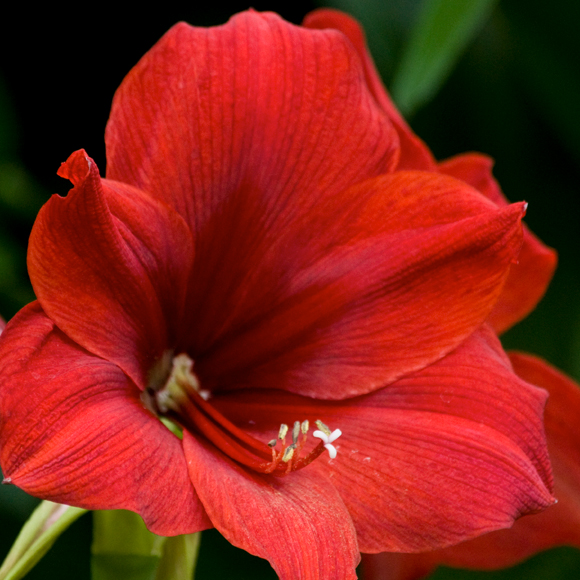
Amaryllis
Breathtaking, beefy amaryllis blooms—trumpets of white, cream, red, pink, or multi-colors—put on a show for several weeks. Put the plant in a bright, sunny spot and water thoroughly, letting the soil dry a bit between waterings. As each flower fades, remove the flowering stalk. A bonus: you can get it to rebloom next year.

Cyclamen
Often called “the poor man’s orchid,” cyclamen (SIKE-la-men) plants like it cool, preferring daytime temperatures around 68 degrees Fahrenheit and down to 50 degrees at night—not always easy to do. However, an unheated sunroom, enclosed porch, a bright, cool window or an east or north-facing windowsill will do. Set the plant pot in a bowl of water and let it “drink” up the water and then return it to the saucer. Soil should dry out a bit between waterings, but not so much that the leaves begin to wilt.
Need a little holiday pick-me-up? Stop by the Garden’s Greenhouses in the Regenstein Center for a peek at the stunning holiday plants. Save time to drop by the Garden Shop for a selection of plants and other holiday gift ideas.
Guest blogger Nina Koziol is a garden writer and horticulturist who lives and gardens in Palos Park, Illinois.
©2018 Chicago Botanic Garden and my.chicagobotanic.org

